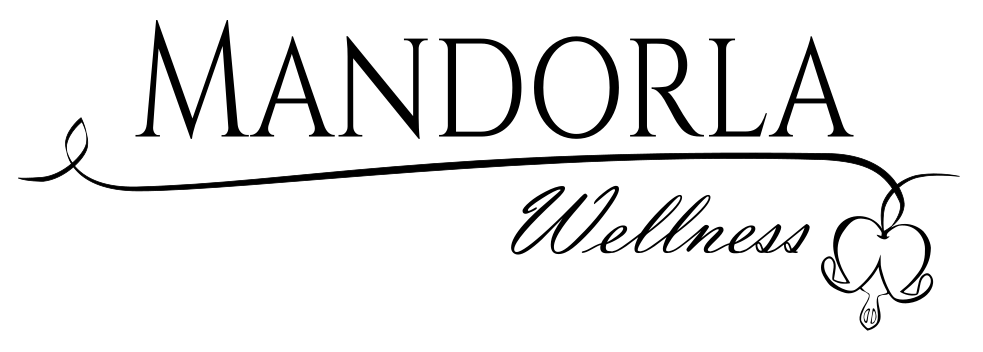Communication is critical when it comes to the prevention of intractable pain, heart disease, sepsis, and suicide! Have you helped teach and guide a resident or friend on putting the CRISS LINE number into their phone system? This can be a strategy that saves lives. So often, we think of 911 when it is an emergency. But it does not have to be an emergency to call to talk to someone when you’re scared, troubled, or feeling like there’s no alternative or no hope. The Crisis Line will help get the person to someone who can talk; there is always someone to listen and support 24 hours a day, seven days a week. When completing a suicide risk assessment, this is always a good time to assess if you can help the person get the Crisis Line number into their contact list. What is the suicide number? How can you spread the word about the lifeline out there? These are just some of the questions this month to help us be better prepared to help those needing care.
https://themighty.com/topic/suicide/why-talking-about-suicide-should-be-normalized/
https://www.nimh.nih.gov/health/topics/suicide-prevention
Questions:
- List possible warning signs that someone may be at risk for suicide.
- List the 5 steps for helping someone with emotional pain.
- List the 9 risk factors that may place a person at risk for suicide.
- Outline the current therapies and treatments being offered to prevent suicide.

